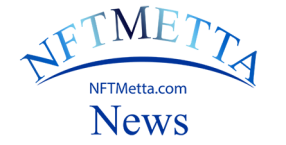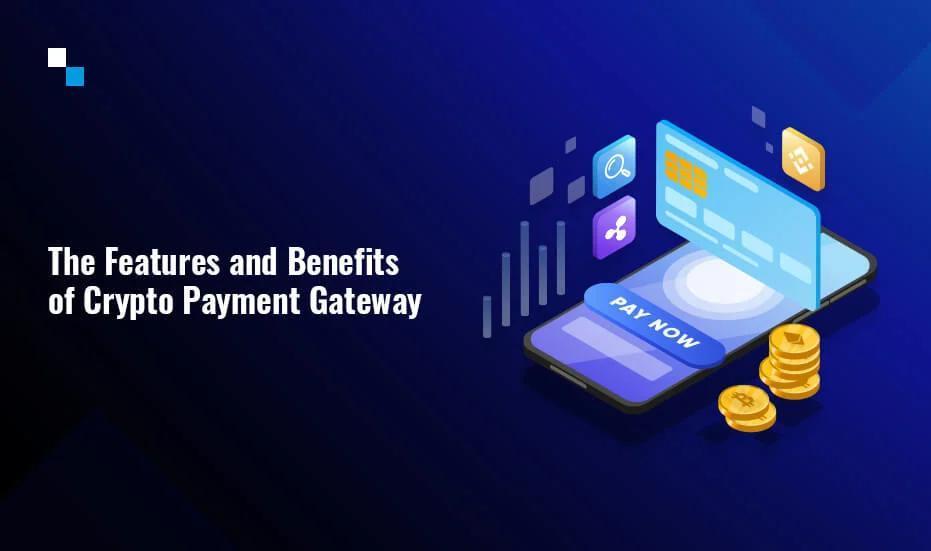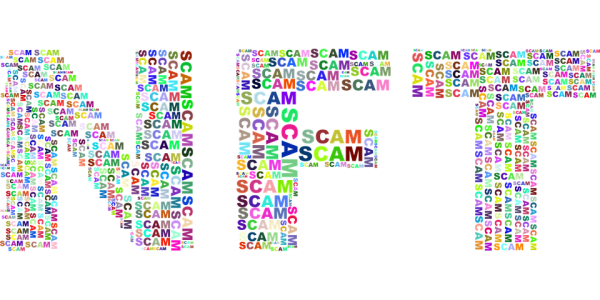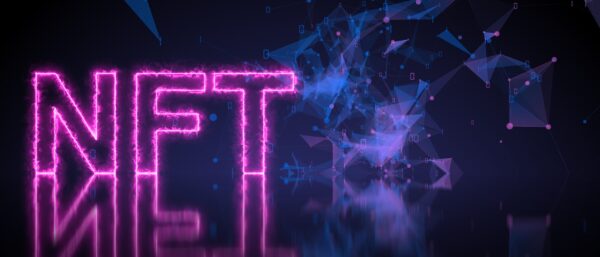November 10, 2023
By Anjali Kochhar
Many consumers of cryptocurrency assets have found them to be more of a letdown than a revolution, and international organizations like the Financial Stability Board and the IMF are calling for stricter regulation.
But some of the quickly developing crypto technology might end up being more promising. Financial services are continually being innovated and customized by the private sector.
However, as this pointed out in a recent working paper, the public sector should also use technology to modernize its payment infrastructure and guarantee interoperability, security, and effectiveness in digital finance: An Exchange and Contracting Platform for Multiple Currencies. Similar opinions are also being advanced by others.
Technology has advanced rapidly
Three new payment technologies are programmability, encryption, and tokenization:
1.Tokenization is the process of putting ownership rights to a resource, like money, on an electronic ledger, which is a database that is owned by all market players and is designed to be widely available, synchronized, quickly updated, and impenetrable. Token balance and transaction anonymity is not necessary—in fact, it compromises financial integrity.
2. For sensitive information to be accessed by authorized parties only, encryption helps to separate transactions from compliance checks.In the process, trust is fostered and transparency occurs.
3. Financial contracts can be written more quickly and automatically due to programmability, such as “smart contracts,” which eliminate the need for a reliable third party.
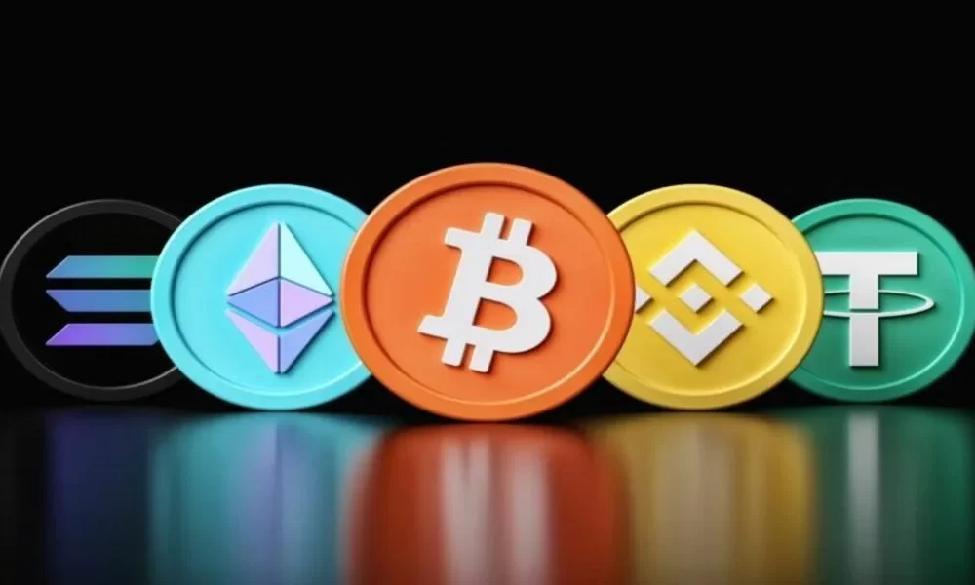
Private-sector Development
By using these new technologies, the private sector is experimenting with tokenization of financial assets, tokenization of money, and automation, which could prove to be more revolutionary than the first wave of crypto assets.
Tokenizing stocks, bonds, and other assets may raise access, lower trading costs, and integrate markets. However, funding for these assets will come from funds on a compatible ledger. Stablecoins are one instance of a product that complies with regulations. Banks are experimenting with tokenized checking accounts, which is more significant. Furthermore, automation is pervasive and enables third parties to program functionality in a similar way to how developers create smartphone apps.
Even with proper regulation, the private sector cannot guarantee that transactions are secure, effective, and interoperable while pushing beyond the boundaries of innovation and personalization. It is more likely that the private sector will develop client-only networks for exchanging assets and processing payments. Open ledgers might develop in an effort to connect private networks, but given their low profit margin, It probably won’t have enough standardization or investment. Furthermore, counterparties would be at risk if transactions were settled with private money.
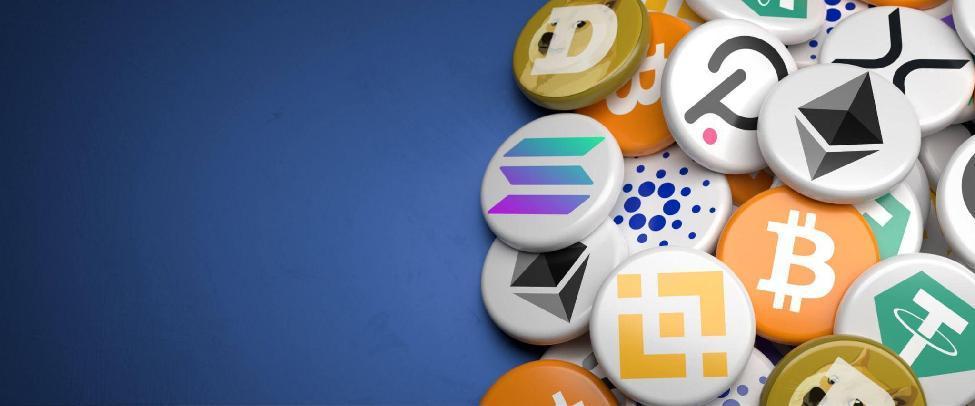
The Role of Central Banks
Because of their dual function as a store of value and a method of payment, as well as the infrastructure required to clear and settle transactions, digital currencies can be beneficial. The first aspect has dominated policy discussions, but the IMF thinks the second should be given equal weight.
As a financial instrument, CBDC reduces counterparty risk and offers payment liquidity. It also offers safety. However, CBDC could improve private networks’ efficiency and interoperability for digital assets and money as infrastructure.
Through the CBDC ledger or platform, payments might be made between private funds. On the CBDC platform, money may be escrowed and subsequently released upon the fulfillment of specific requirements, such as the receipt of a tokenized asset. Additionally, to guarantee that smart contracts are reliable and interoperable, the CBDC platform might include a fundamental programming language. In the digital world of tomorrow, that will also become a public good.
About the author
Anjali Kochhar covers cryptocurrency stories in India as well as globally. Having been in the field of media and journalism for over three years now, she has developed a sharp news sense and works hard to present information that goes beyond the obvious. She is an avid reader and loves writing on a wide range of subjects.
